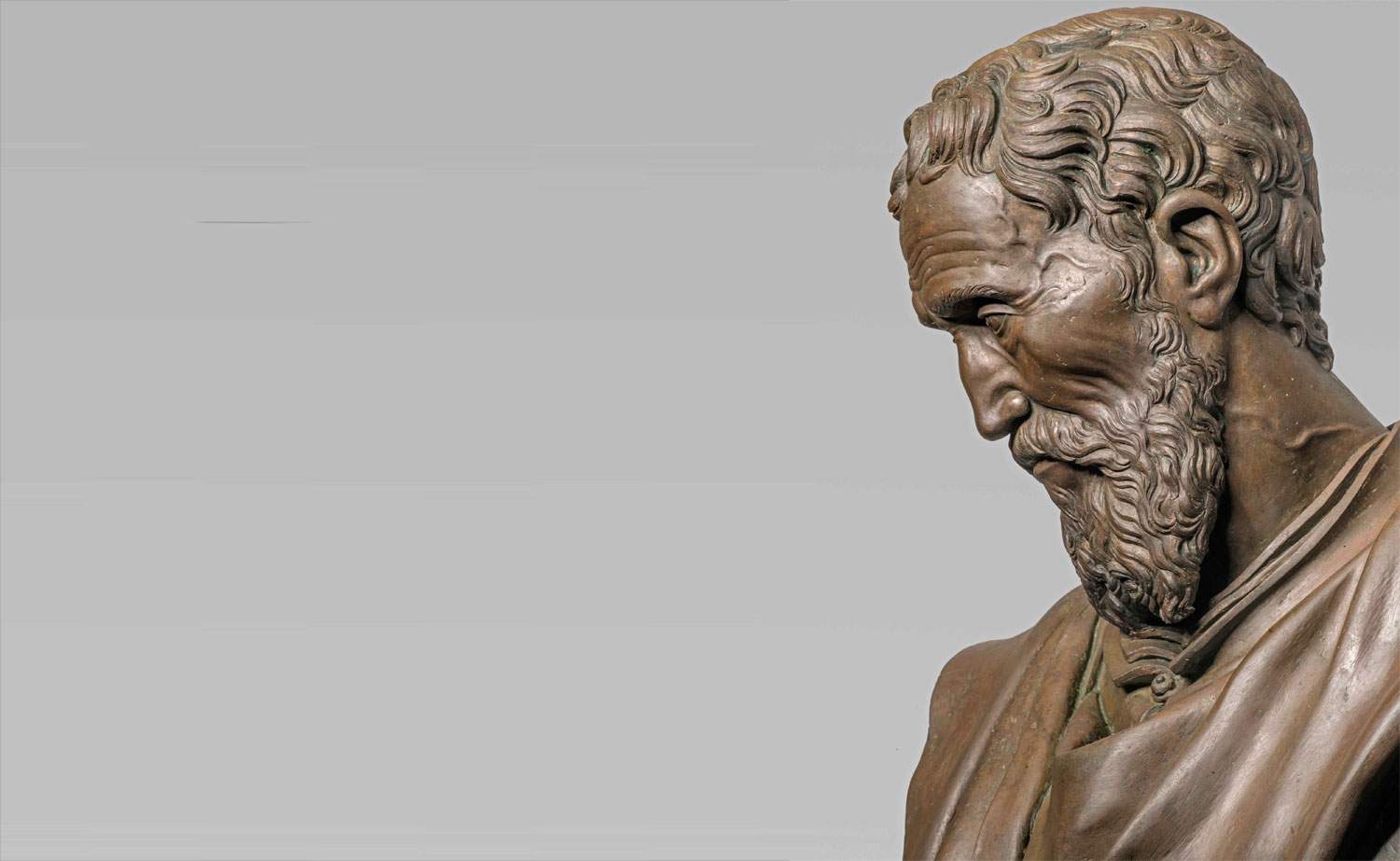From Dec. 13 to April 18, 2022, the Galleria dell’Accademia in Florence will host Michelangelo: the bronze effigy of Daniele da Volterra, an exhibition curated by Cecilie Hollberg, created with the sponsorship of Intesa Sanpaolo Innovation Center and Gallerie d’Italia-the museums of Intesa Sanpaolo.
For the first time, all antique examples of Michelangelo’s bronze busts, attributed to Daniele da Volterra (Daniele Ricciarelli; Volterra, 1509 - Rome, 1566), from various international museums such as the Louvre Museum, the Musée Jacquemart-André in Paris and the Ashmolean Museum of Art and Archaeology in Oxford, will be exhibited in a single location, thus addressing the complex relationship between originals and derivations. The problem of the chronology and casting of Michelangelo’s bronze effigies has long remained in the field of art history studies a point to be clarified: with the exception of the bust in Casa Buonarroti in Florence, which remained the property of the heirs for centuries, there is in fact substantial uncertainty about the provenance of the many existing specimens in various Italian and foreign collections.
Recently, the restoration of the specimen preserved at the Galleria dell’Accademia in Florence has kindled interest in identifying the relationships among the nine busts cast by Daniele da Volterra in the second half of the 16th century. It is therefore of paramount importance to set up an exhibition event to clarify the issue on the basis of scientific research.
The nine bronze busts brought together for the occasion will offer a unique opportunity to compare the works up close to verify their respective aesthetic and technical values. In addition, the specimens present will be subjected to a thorough campaign of technologically innovative investigations, based both on various classical material analyses carried out with sophisticated state-of-the-art instruments under the supervision of Mario Micheli, professor of history and technique of restoration at the University of Rome 3, a well-known expert in the field who has already worked on the Riace bronzes and the Capitoline she-wolf, and on 3D scanning, carried out by Adam Lowe. The digitization of the forms and surfaces will make it possible to create virtual models, useful for making a rigorous comparison between the volumetries of the various pieces, which can be juxtaposed and superimposed on the screen, to find possible answers.
The main purpose of the exhibition is to produce the first scientific catalog of bronze busts attributed to Daniele da Volterra. Comparison of the 9 seemingly identical busts has never been undertaken, and is sure to yield surprises. The initiative aims to involve leading experts, bringing them together, in February 2022, in a study day organized on the occasion of the exhibition. The catalog, which will come out after the conference, will bring together the research carried out so far and the results of the diagnostic investigations, providing an indispensable tool for studies in this field and for knowledge of the techniques used by Daniele da Volterra in bronze casting. Among the expected results is also to set up an accurate map of the ’tradition’ of Michelangelo’s busts, identifying as far as possible the provenance and characteristics of the various executions.
Pictured is the bust in the Accademia Gallery.
 |
| All the busts of Michelangelo attributed by Daniele da Volterra brought together in one exhibition |
Warning: the translation into English of the original Italian article was created using automatic tools. We undertake to review all articles, but we do not guarantee the total absence of inaccuracies in the translation due to the program. You can find the original by clicking on the ITA button. If you find any mistake,please contact us.